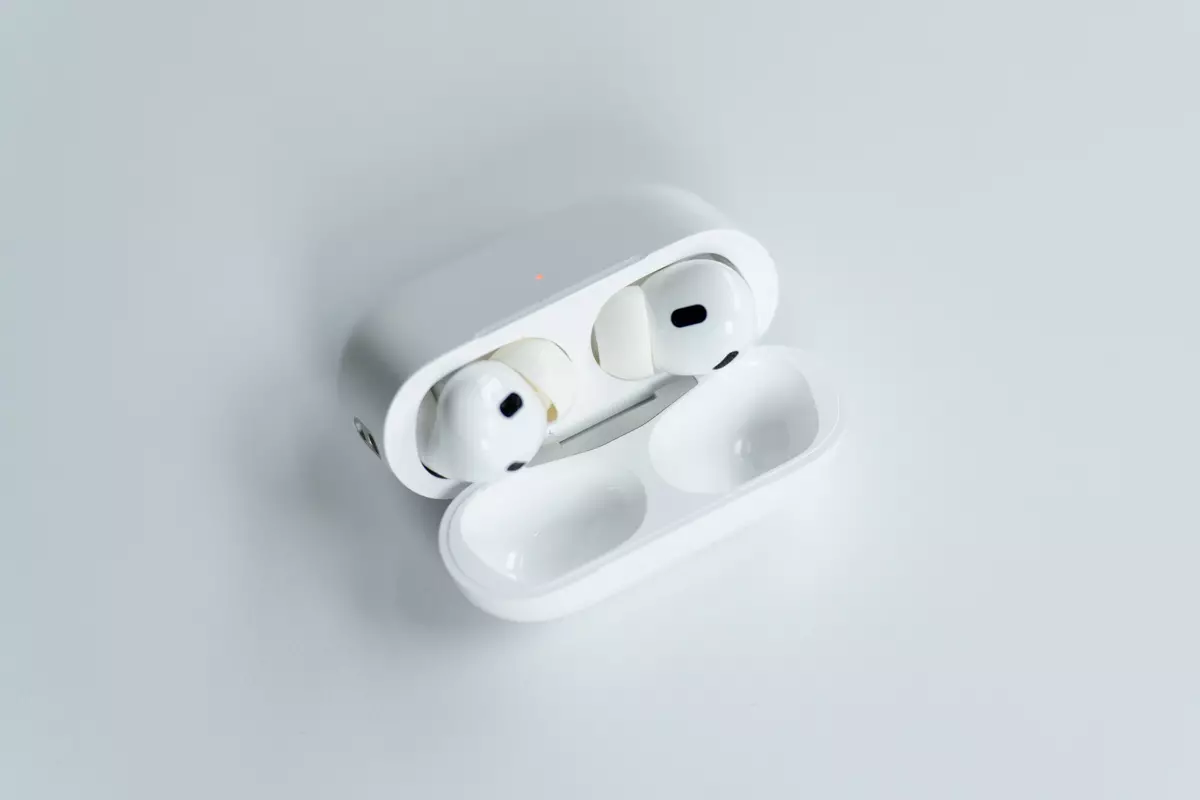Apple has recently unveiled its latest flagship wireless earbuds, the AirPods Pro 2, with a groundbreaking feature that could potentially disrupt the hearing aid industry. While the earbuds have not yet received FDA clearance as clinical-grade hearing aids, Apple is confident that approval will be granted in the near future.
The new AirPods Pro 2 are equipped with a feature that, when enabled, enhances specific sounds in real-time, such as speech and environmental elements. This feature also incorporates a personalized hearing profile that can be applied to various forms of media, including music, movies, and phone calls across different devices. By utilizing this technology, wearers can improve their ability to perceive their surroundings and engage in conversations more effectively.
In addition to the innovative hearing aid feature, Apple has introduced a five-minute certified hearing test that will be available on iOS 18 and AirPods Pro 2. This test, which consists of users tapping on their smartphone’s screen in response to different tones at varying volumes and frequencies, aims to assess the user’s current hearing health. The results of the test will generate a personalized hearing profile that can be used in conjunction with the hearing aid feature. These results can also be stored in Apple’s Health app and shared with healthcare providers if desired.
Apple plans to launch both the hearing aid feature for AirPods Pro 2 and the hearing test for iOS 18 through a software update this fall in over 100 countries and regions. This global accessibility underscores Apple’s commitment to making advanced hearing technology available to a wide audience.
Overall, the introduction of the AirPods Pro 2 with its innovative hearing aid feature and certified hearing test represents a significant step forward in the convergence of consumer technology and healthcare. As Apple continues to push the boundaries of what is possible in the realm of personal audio devices, the potential impact on the hearing aid industry and the lives of individuals with hearing loss is substantial.

